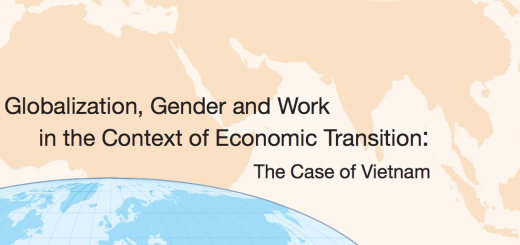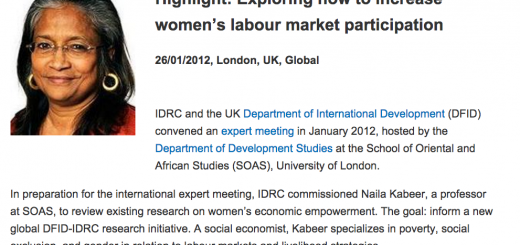Social protection for an inclusive society: towards a citizen-centred approach
Note prepared for UN Expert Group Meeting On Promoting Social Integration
Helsinki, 8 -10th July 2008
This paper is intended as a contribution to the Expert Group deliberations on strategies for
building more inclusive societies. While these strategies must straddle different axes of
inequality and marginalisation within a society, my focus here is on the socially excluded and I
clarify how I am using the term. A great deal of development policy has been dominated by the
concern with poverty, the economic deprivation that results from lack of income/assets.
It has paid far less attention to social discrimination, the inequalities of opportunities and
outcomes which reflect aspects of social identity. The identities in question may relate to
groups of people who acknowledge their common membership, have shared beliefs and values
and act in collective ways. Caste, ethnicity and religion are examples of such group identities.
Alternatively, identity may relate to categories of people defined on the basis of some shared
characteristic rather than shared values and way of life. Members of these categories do not
necessarily know each other and share very little in common, aside from the nature of the
discrimination they face. Street children, women, the elderly, gay and lesbian people, racial
minorities, the disabled, people with leprosy or AIDS and undocumented migrants are
examples of categories of people who face discrimination on the basis of some aspect of their
identity……….
[gview file=”http://www.un.org/esa/socdev/social/meetings/egm6_social_integration/documents/Social_protection_strategies_Naila_Kabeer.pdf”]



